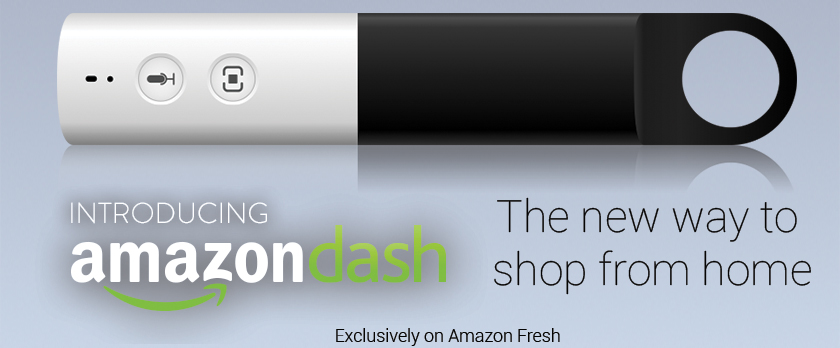Amazon has had a rough year, with a series of product flops and major losses reported this past quarter. At yesterday’s Business Insider Ignition conference, Jeff Bezos explained his company’s two decades of unprofitability: “We’re still a startup.”
That’s right, 20 years after incorporation and 17 years after IPO, Amazon is still searching for product-market fit. Startups are high-growth and inherently risky; we can forgive Amazon’s billions of dollars of failures.
But as far as product-market fit goes, Jeff Bezos isn’t doing it right. Look, Jeff, as a seasoned startup veteran, I’ll walk you through the process.

First, the Fire phone. Let’s think about your value prop here. It’s like an Android phone, except crappier in all respects. But it’s also a little bit cheaper. In fact, you recently cut the price to 99 cents. So the value prop is a ridiculously cheap phone.
Think about the target market. Even at 99 cents no one wants it, but you made the mistake of trying to sell this product to the masses. Any startup knows that you need to target a single vertical, find a group of early adopters who really need this product.
Who needs a 99-cent phone? Why, drug dealers with burner phones, of course! Great. Next you need to talk to customers, so go hit the streets of Compton and understand your real target users.
You can repeat this exercise with last month’s Amazon Echo, a 9” doorstop iPhone that only runs Siri. Who needs this? Maybe people who can’t move their arms and legs to reach their real iPhones? So… quadriplegics? Or people who are so morbidly obese that they can’t see their pockets? Go talk to them.

And Jeff, while I’m sure you can afford to lose billions on terrible products, your shareholders would appreciate it if you did an ounce of customer research before forging ahead with your next crappy device.


One thought on “Amazon, the World’s Biggest Startup”